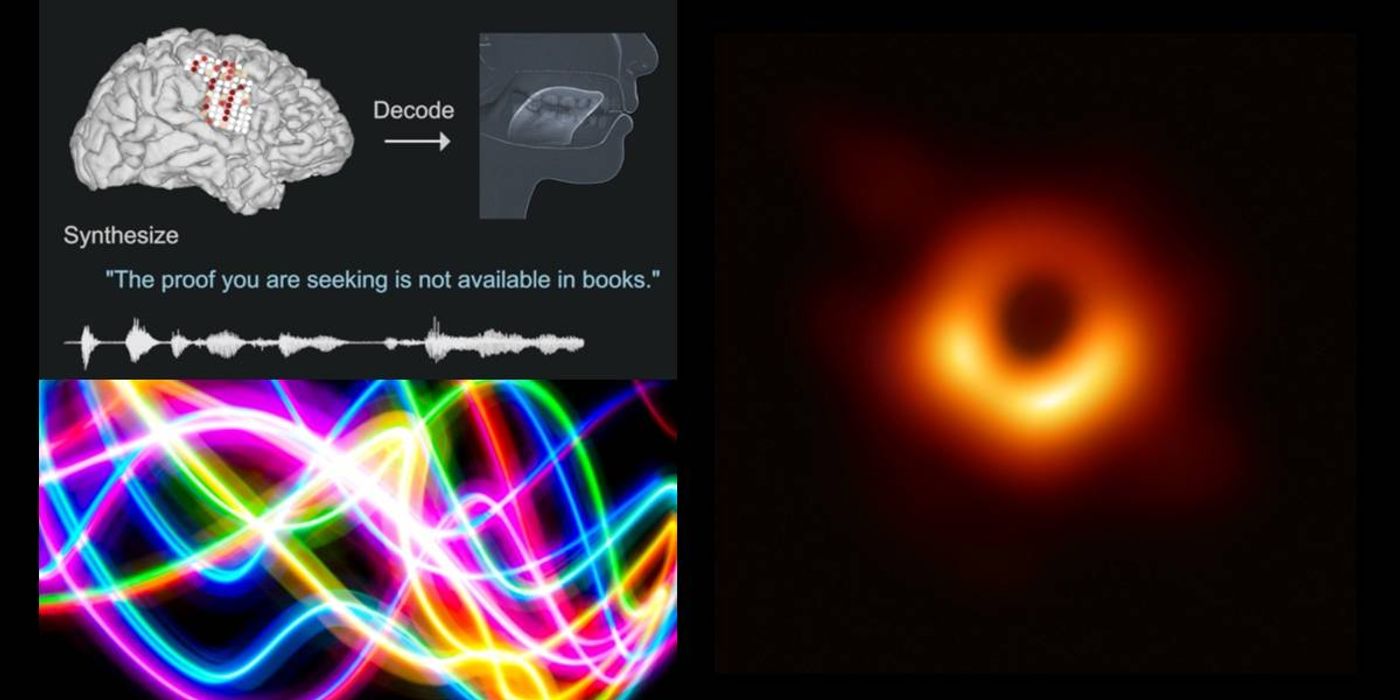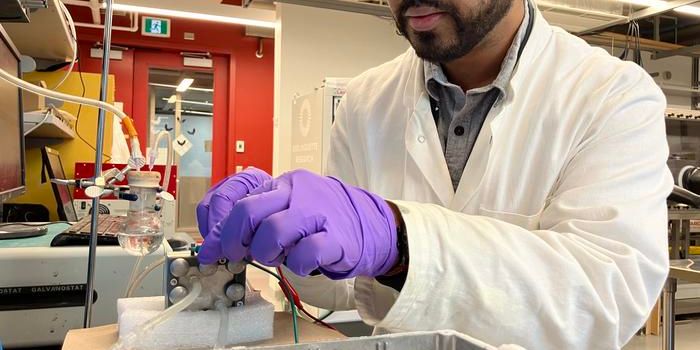Physics Breakthroughs in 2019
The Physics World magazine is an iconic publication in the scientific community. This month, its editorial team selected the top 10 Breakthroughs for 2019, in recognition of the most significant advance in physical knowledge, as well as the most important applications that utilize physical principles.
Here are the three amongst which generated the most buzz:
Brain activity translated into synthetic speech
This April, a neuroscience collaboration between the University of California San Francisco and Columbia University reported the development of a neuroprosthetic device (nicknamed a "neural decoder"), which id capable of reconstructing the brain activity of a human subject into speeches that are understandable by humans.
Speech synthesis from neural decoding of spoken sentences (UCSF Neurosurgery)
First, the team designed a modeling network that can map different neural signals into movements of the vocal tract. And then, they programed their machine to translate movements into synthesized speeches.
With further improvement and thorough testing, the researchers hoped that their decoder can help paralyzed individuals and patients with vocal tract issues to regain their ability to communicate orally. Also, since the neural decoder can directly read a person's thoughts, scientists may be able to device a new way for the human-computer interface.
"Quantum trap" based on Casimir effect
Led by physicist Xiang Zhang at the University of California, Berkeley, a group of scientists has come up with a new method of trapping a nano-sized object without energy input, by taking advantage of Casimir effect.
Dutch physicist Hendrik Casimir proposed an interesting quantum phenomenon back in the 1940s: due to vacuum fluctuations of the electromagnetic field, when two electrically neutral surfaces only have a nanoscaled distance between them, there could be an attractive force.
Zhang and colleagues found a way of manipulating the Casimir force, making it repulsive or attractive depending on the size of the gap between the two surfaces. By creating a stable Casimir equilibrium, the researchers developed a passive trapping mechanism that can confine an object (for example, a tiny gold flake) close to another object, with no external energy input. This could lead to the creative new application for operation in nanomechanical systems.
First photo of a Black Hole
There seems to be no more significant news in science this year than the first image of a black hole, a result of years of intense observation and analyses conducted by the Event Horizon Telescope (EHT) collaboration.
Event Horizon Telescope takes the first-ever image of a black hole (Physics World)
The out-of-this-world image, a ring-shaped radiance surrounding a central dark void, is created from radio waves captured by the EHT network observatories around the globe. It gives us a visual impression of the supermassive black hole at the center of the Messier 87 galaxy, at a distance of 55 million light-years away.
Make no mistake though: black holes themselves don't emit light due to their extreme density and gravitational field. But scientists managed to capture a ginormous amount of images of the event horizon, the edge of the supermassive black hole where gas and dust keep spinning at ultra high speed before finally getting sucked in.
Before 2019, a black hole was just a theoretical phenomenon in our textbook. Now we have got one visualized. No wonder it was claimed as the "one-way door out of our universe".
Source: Physics World









